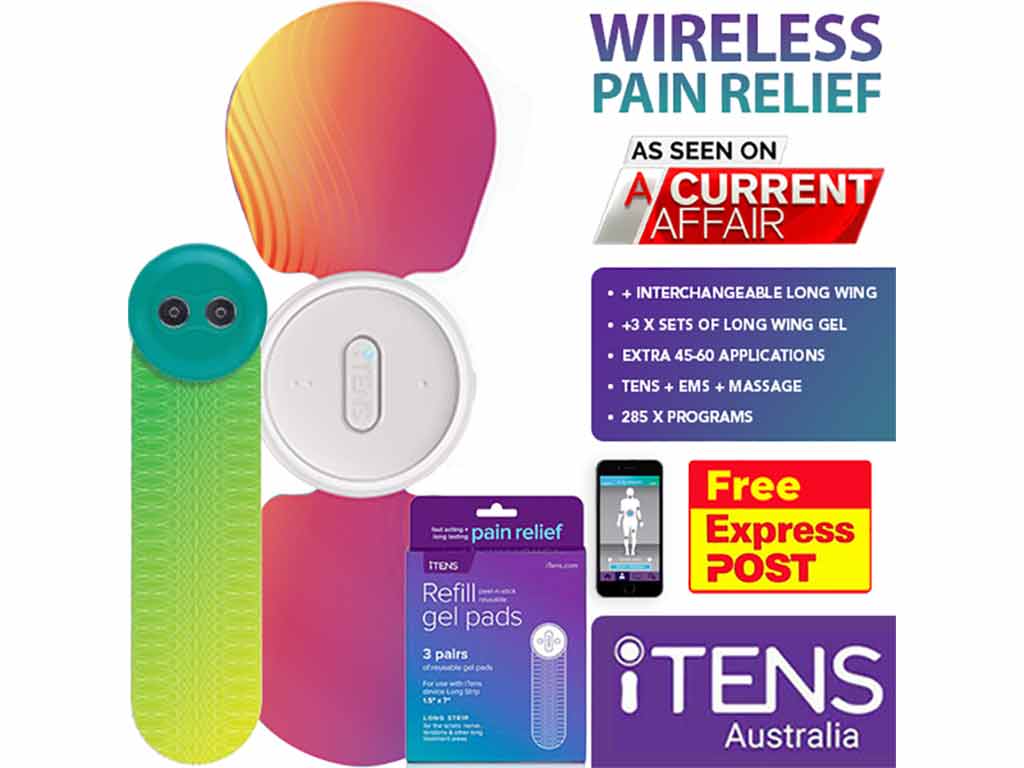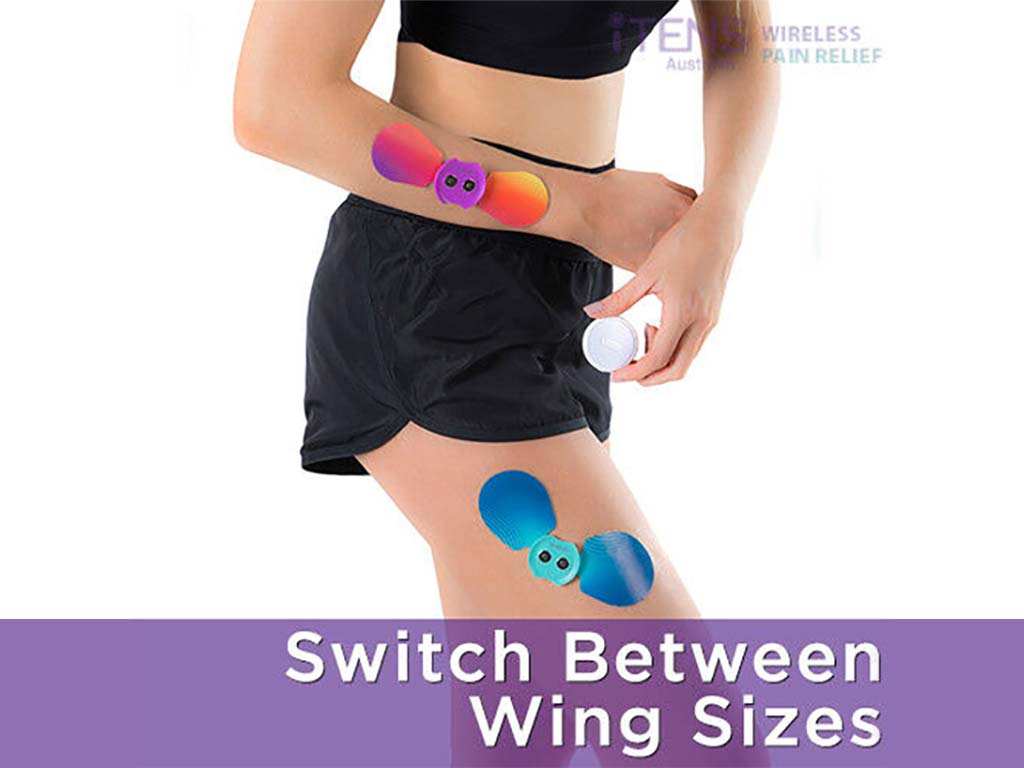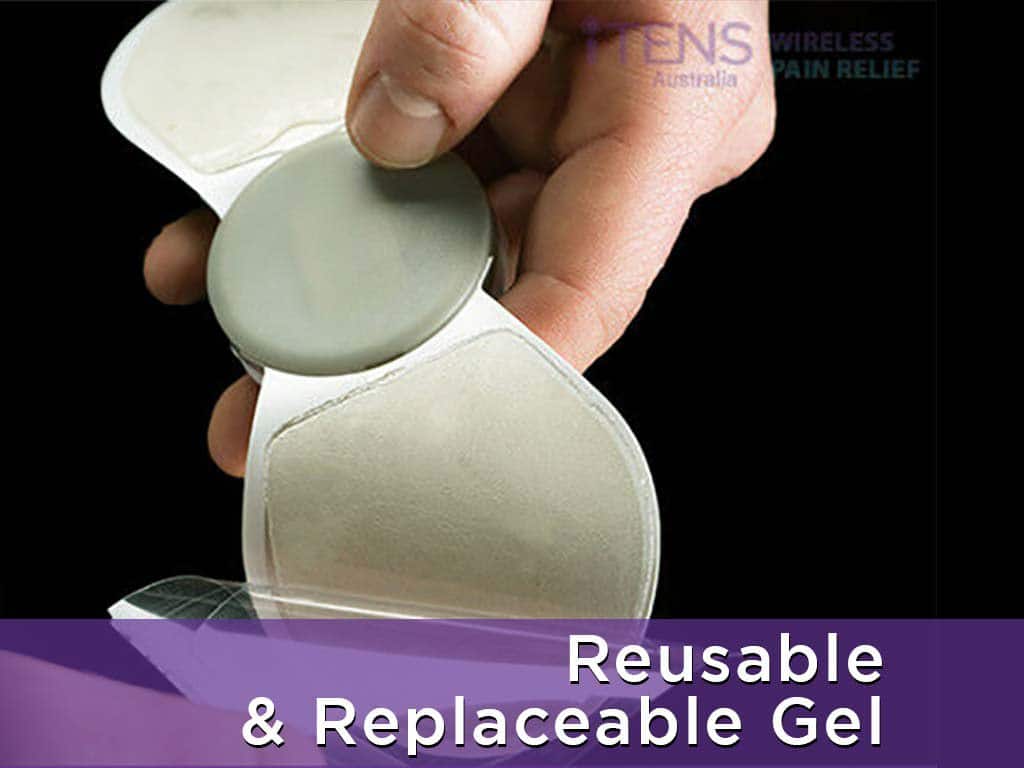
Electrotherapy machine price ranges vary based on several factors. The cost of these devices ranges from $100 to $500 for personal purposes. High-end professional models may cost between $1000 to $2,000. The factors that influence the price include the type of the device, technology, durability of the materials, and overall effectiveness. These machines are often used in clinics and physical therapy centres. Portable versions are available to help individuals manage various conditions in the comfort of their homes.
Pain management takes many forms. One of the methods is an electrotherapy machine. This device produces electrical impulses to stimulate the affected area. It works to relieve symptomatic pain and other body conditions. Additionally, it provides a drug-free and non-invasive approach to pain relief. There are also different types of devices for specific purposes. This article will explore the factors that influence the prices of electrotherapy machines.
Electrotherapy Machine Price: Considering the Type of Device
The electrotherapy machine prices vary with the type of device and its capabilities. The common types are TENS (Transcutaneous Electrical Nerve Stimulation) and EMS (Electrical Muscle Stimulation). Portable TENS and EMS machines from $100 to $500. Some basic models may be lower; however, they have fewer features. TENS machines are typically more affordable than machines using higher currents, like IFC (Interferential Current) and HPVC (High-voltage Pulsed Current).
TENS machines are used for the relief of acute and chronic pain conditions. The pulses stimulate the sensory nerves to block pain signals from reaching the brain. In addition, it aids in the release of more endorphins, the body’s natural painkillers. On the other hand, EMS works on the muscles to stimulate contractions for strengthening and toning.
These devices come in standard and wireless types. The standard electrotherapy machine has a handheld control with thin lead cables connecting the electrode pads. Conversely, a wireless unit has Bluetooth-enabled electrodes. The device connects remotely to a smartphone to control the stimulation settings.
Common Conditions that Stimulation Can Treat
- Chronic pain: nerve stimulator machines can help alleviate progressive conditions such as arthritis, fibromyalgia, sciatica, and pelvic pain due to endometriosis or inflammatory disorders.
- Acute pain: short-term pain that does not last three months. This includes muscle spasms, period cramps, and headaches.
- Muscle injuries: muscle strains, sprains, and ligament tears due to overuse. TENS and EMS can facilitate faster tissue repair.
- Neuromuscular dysfunction: conditions affecting the motor and sensory nerves. Common disorders are diabetic neuropathy, muscle dystrophy, and progressive muscle weakness.
- Limited joint mobility: electrotherapy machines boost blood circulation and reduce inflammation. This helps relax tense muscles and improve the range of motion.

Electrotherapy Machine Price: Factoring the Device Features
Another factor contributing to the electrotherapy machine prices is the device features. Various machines have different functions depending on their purpose. One important feature is the number and type of treatment modes. These devices have adjustable settings, including pulse rates, duration, and intensity. Likewise, many offer pre-set modes for specific treatment. The more programs a device has, the higher the cost.
Moreover, higher power and intensity levels tend to be more expensive. An adjustable unit can provide more effective treatments for severe pain and conditions. These machines are valuable for individuals who require stronger stimulation. Additionally, features like timers and battery type can add to the price. For example, rechargeable units may cost more.
Machines with advanced technologies may cost more. For instance, wireless or Bluetooth devices have higher prices than traditional ones. Furthermore, professional versions are more expensive and may cost up to $2,000. These models feature multiple channels and a higher stimulation range. This allows users to target different areas at the same time. However, these devices may require a prescription.
Advantages of a Wireless Unit
Wireless electrotherapy units offer several advantages over traditional wired machines. The most notable is the convenience and mobility it provides. With a wireless unit, individuals can move freely without the restriction of cords. This allows for greater movement as they receive the stimulation while working, doing chores, or exercising.
Another advantage is the ease of operation. A wireless machine enables faster and optimal electrode placement. It eliminates the hassle of tangled wires. Moreover, it reduces the risk of tripping over or accidental shocks. Lastly, it minimises the need for frequent purchase of replacement parts or accessories.

Electrotherapy Machine Price: Efficiency of Electrodes
The efficiency of electrodes is a vital factor in considering the electrotherapy machine prices. Electrodes are the components of the machine that come into direct contact with the skin and deliver the electrical current. The quality and design of the electrodes can greatly impact the effectiveness of the treatment. They should adhere well to the skin and fit comfortably.
Some manufacturers offer reusable electrodes, while others provide single-use types. The cost of reusables is more economical since they can be used multiple times before needing replacements. Additionally, if the user has sensitive skin or allergies, it may be better to purchase specialised pads. These electrodes may have features like hypoallergenic gel pads or advanced conductive materials.
The durability of the electrode pads is essential in the long-term use of the device. It is important to consider materials that can withstand frequent use and cleaning without losing efficiency. In contrast, low-quality electrodes may wear out quickly and lose effectiveness after a few uses. Thus, even though durable electrodes may have a higher initial price, they can be more cost-effective as they require fewer replacements.
When to Replace Pads
Electrode pads are reusable to a certain extent. Over time, they lose their adhesiveness and conductivity. This reduces their efficacy, making it essential to replace them regularly. The lifespan of an electrode pad depends on the usage and care given. Generally, pads can last up to 25 applications with proper storage and cleaning.
As a general guide, the pads need replacing when they no longer stick properly to the skin. It is important to replace the pads promptly to prevent them from coming off and causing unintended harm. It is also advisable to inspect the electrodes before each use for signs of wear and tear.
Conclusion
The electrotherapy machine prices may vary depending on the features, technology, and durability. The cost ranges from $100 to $500 for portable or personal units. Professional units may cost more which includes more advanced functions. In addition, the quality and type of device, such as traditional and wireless, can contribute to the price. Typically, wireless units are more expensive due to the sophisticated technology used. However, they are more cost-effective for chronic pain applications.
The electrode pads are vital components of electrotherapy machines. They differ in size, shape, and materials. For people with sensitive skin, using hypoallergenic pads can help minimise skin irritations. It is also crucial to replace the pads promptly when they do not adhere properly despite care. Overall, various factors can affect the stimulator machine prices. It is best to consider the needs and budget in choosing the right device for effective treatments.







